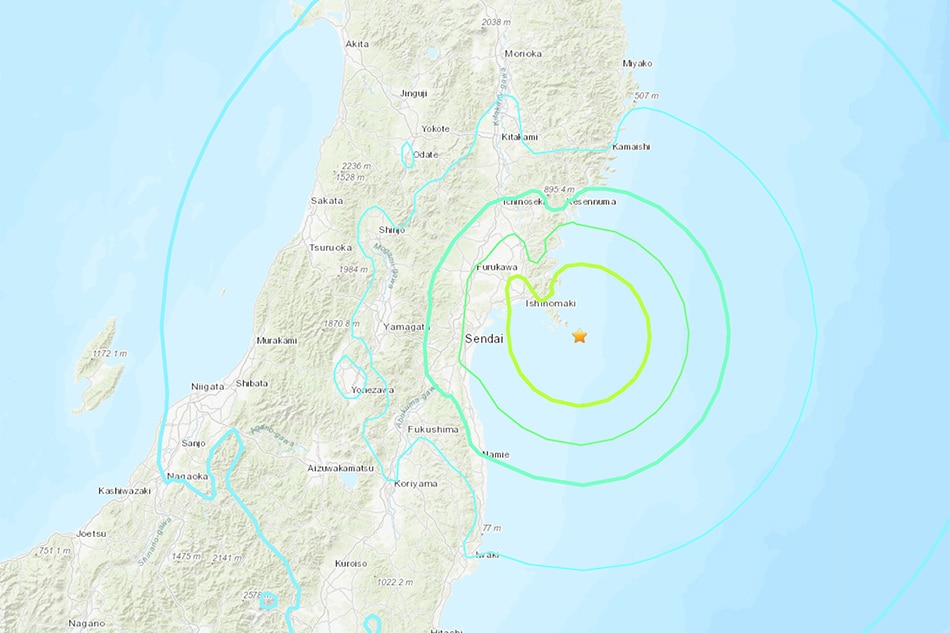A powerful earthquake measuring 6.0 on the Richter scale jolted Japan's northeastern region on Thursday. The Japan Meteorological Agency (JMA) confirmed the quake's epicenter lay offshore Fukushima prefecture, but thankfully, there was no tsunami warning issued.
While initial reports haven't indicated widespread damage or injuries, the tremor was felt as far away as Tokyo, sending shivers down the spines of millions in the bustling metropolis.
Coming just a day after a devastating earthquake in Taiwan claimed at least nine lives and injured over a thousand, Japan's temblor served as a stark reminder of the constant seismic activity the island nation faces. Nestled along the geologically volatile Ring of Fire, Japan experiences frequent earthquakes, with an average of 1,500 tremors recorded annually.
However, the country has meticulously crafted some of the world's most stringent building codes, prioritizing earthquake resilience. These regulations ensure that structures can withstand significant seismic events, mitigating the potential for catastrophic loss of life.
Authorities are currently assessing the situation in the affected areas, with emergency response teams on high alert. Residents in the region are advised to follow official instructions and prioritize safety measures during these uncertain times.
This incident underscores the critical role of Japan's earthquake preparedness protocols. The nation's long history of dealing with tremors has fostered a culture of awareness and preparedness, which can significantly reduce casualties in the face of natural disasters.
While the full impact of this latest earthquake is yet to be determined, Japan's robust infrastructure and well-rehearsed emergency procedures offer a glimmer of hope for a swift recovery.

